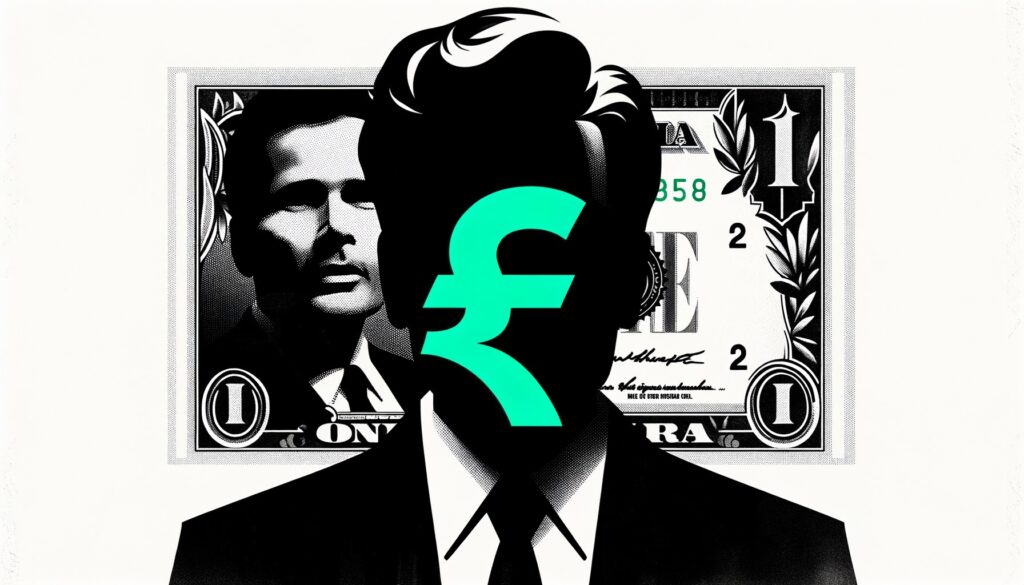What’s going on here?
Jerome Powell’s hints at a potential Fed rate cut sparked optimism, boosting the Indian rupee and sending the dollar tumbling.
What does this mean?
Fed Chair Powell’s comments at the Jackson Hole symposium have traders on alert. He suggested a likely rate cut in September, leading to a rapid market response: the dollar declined, US equities surged, Treasury yields fell, and Asian currencies, particularly the Indonesian rupiah, saw gains. The rupee strengthened to 83.80-83.82 to the dollar from 83.89, per the 1-month non-deliverable forward. Despite some market anticipation of a cut, Powell’s confirmation dismissed earlier doubts, triggering notable shifts.
Why should I care?
For markets: Reading the Fed tea leaves.
Powell’s remarks spiked market movements, dropping the dollar index to its lowest in over a year at 100.62. The Indian rupee and other Asian currencies gained strength, exiting the session stronger. With US equities rallying and Treasury yields declining, investors are watching for the US jobs report on September 6 to predict the Fed’s next move. Futures currently indicate a 60% probability of a 25 bps rate cut and a 40% chance of a 50 bps cut in September.
The bigger picture: Global economic ripples.
The focus extends beyond September to discussions of a 100 bps cut through 2024. A promising US jobs report could solidify this outlook. Key indicators show Brent crude up 0.7% to $79.5 per barrel and the ten-year US note yield easing to 3.79%. Foreign investments present mixed sentiments, with $220.6 million flowing into Indian equities while $222.3 million exited Indian bonds, per National Securities Depository Limited data for August 22. These dynamics suggest broader economic shifts and potential policy adjustments as global markets react.






